As the winter season approaches, it’s important to ensure that your vinyl pool is properly protected from potential ice damage. Freezing temperatures can pose a threat to your pool liner, tile, and even the pool cover. In this comprehensive guide, we will explore effective strategies and precautions to take to safeguard your vinyl pool during the winter months. From understanding the impact of winter on pool liners to implementing preventive measures, we’ve got you covered. Let’s dive in!
Understanding the Impact of Winter on Pool Liners
During the winter season, freezing temperatures can cause significant damage to vinyl pool liners. Prolonged exposure to freezing water can lead to the formation of ice sheets, which exert pressure on the pool walls and liner. This pressure can result in cracks and tears in the liner, leading to water leakage and potential structural damage. Additionally, the freeze-thaw cycle, where water turns into ice and then melts back into a liquid, can further the risk of damage to the vinyl pool liner.
Protecting Your Vinyl Pool Liner from Ice Damage
To safeguard your vinyl pool liner from ice damage, consider utilizing the following tips and tools:

Air pillows help alleviate pressure from ice.
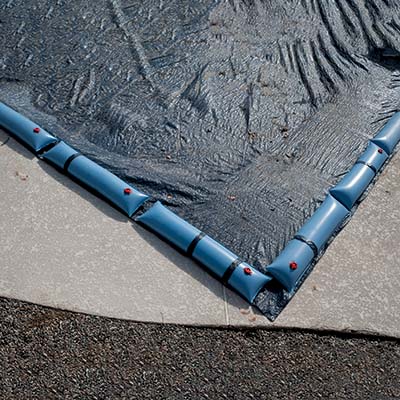
Secure the cover to prevent damage.

Check for liner leaks regularly.
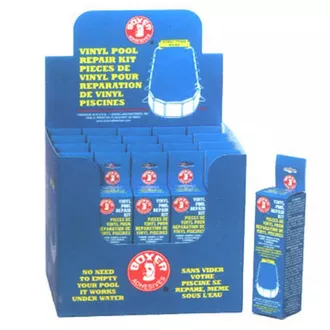
Repair any liner damage as quickly as possible.
1. Use Air Pillows
Air pillows are a simple yet effective solution to prevent ice sheets from forming and exerting excessive pressure on the pool walls and liner. These inflatable pillows are placed in the center of the pool and act as a buffer between the water and the cover. The pillows break up the ice sheet, relieving outward pressure and minimizing the risk of damage to the pool liner. Inflate the air pillows to about two-thirds full and position them securely in the middle of the pool using a rope or twine.
2. Secure the Pool Cover
Properly securing the pool cover is essential to protect the vinyl liner from ice damage. Use cover clips or wall bags to keep the cover taut on above ground pools. If using a winter cover on an inground pool, ensure the water bags are full and securely placed on the pool deck. Or, if using a safety cover, verify all anchors and straps are taut and locked into place.
Additionally, use a cover pump to remove rain and snow buildup on your cover. Removing rain and snow before it turns to ice will drastically reduce the weight and strain on your pool cover.
3. Regularly Check for Leaks
Winter is an opportune time to check for leaks in your vinyl pool liner. Walk around the outside of the pool and look for any spongy spots or signs of water leakage. If you suspect a leak, pull back the pool cover and check the water level in the pool. If necessary, add water to maintain the level until warmer weather allows for a proper pool vinyl liner repair. And if the weather allows, use a vinyl patch kit to fix the leak.
4. Repairing Vinyl Liner Damage
If your vinyl pool liner does sustain damage during the winter, it’s important to address it promptly. Small holes and tears can be repaired using a vinyl liner patch kit which is waterproof and easily applied. For larger or more extensive damage, it’s advisable to consult a professional pool repair service for assistance.
PRO TIP: If ice accumulates in or on your vinyl lined pool, leave it alone! Wait for it to melt before attempting to remove it. Breaking the ice can cause large, sharp pieces to chip off and potentially scratch or pierce the liner.
Protecting your vinyl pool from ice damage during the winter months is essential to maintain its structural integrity and prolong its lifespan. By following proper winterization procedures, using air pillows, securing the pool cover, and regularly checking for leaks, you can minimize the risk of ice damage to your pool liner. With these strategies in place, you can enjoy a worry-free winter season while ensuring the longevity of your vinyl pool.

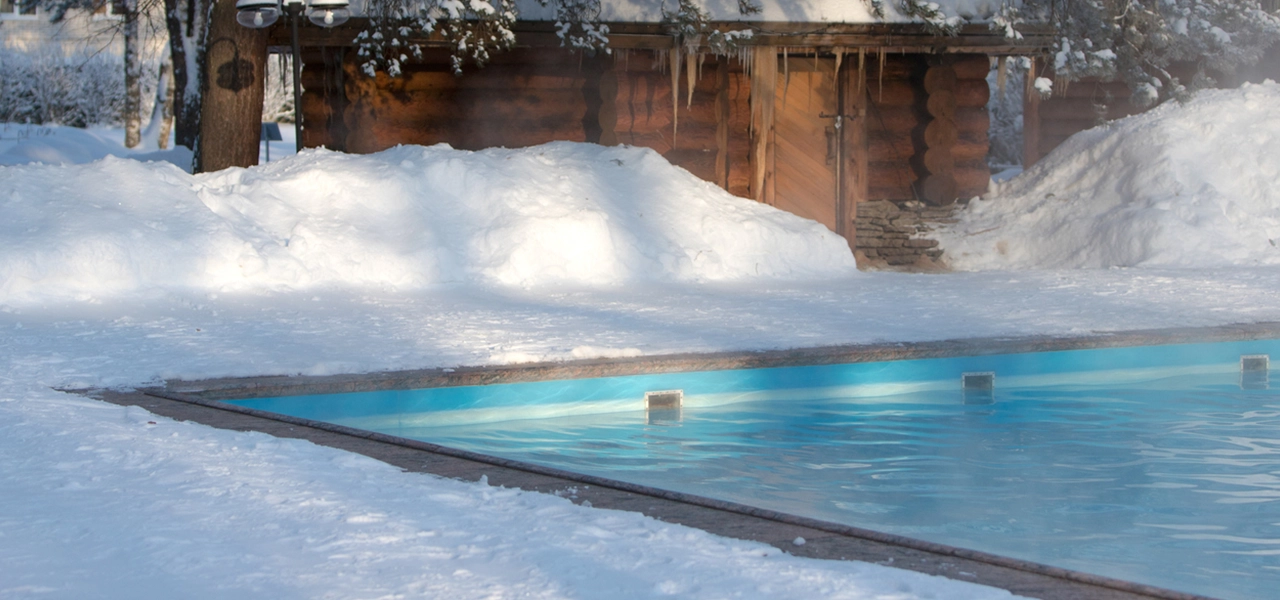
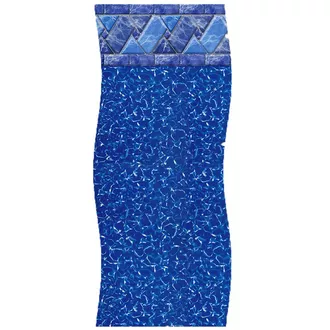
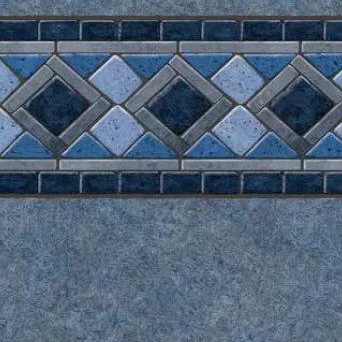
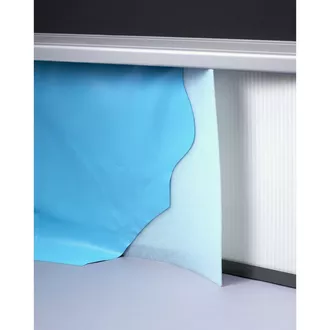
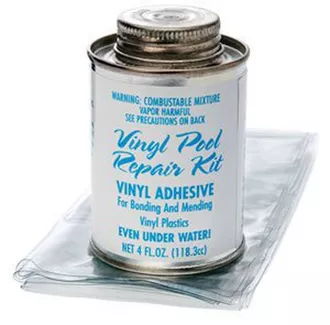
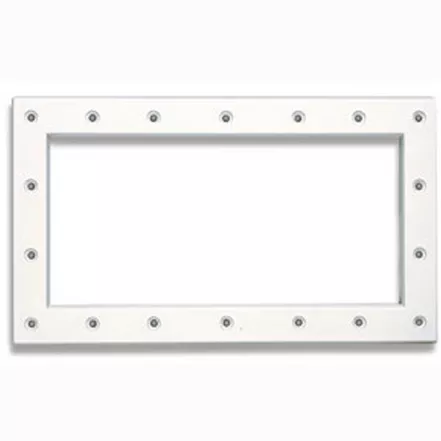
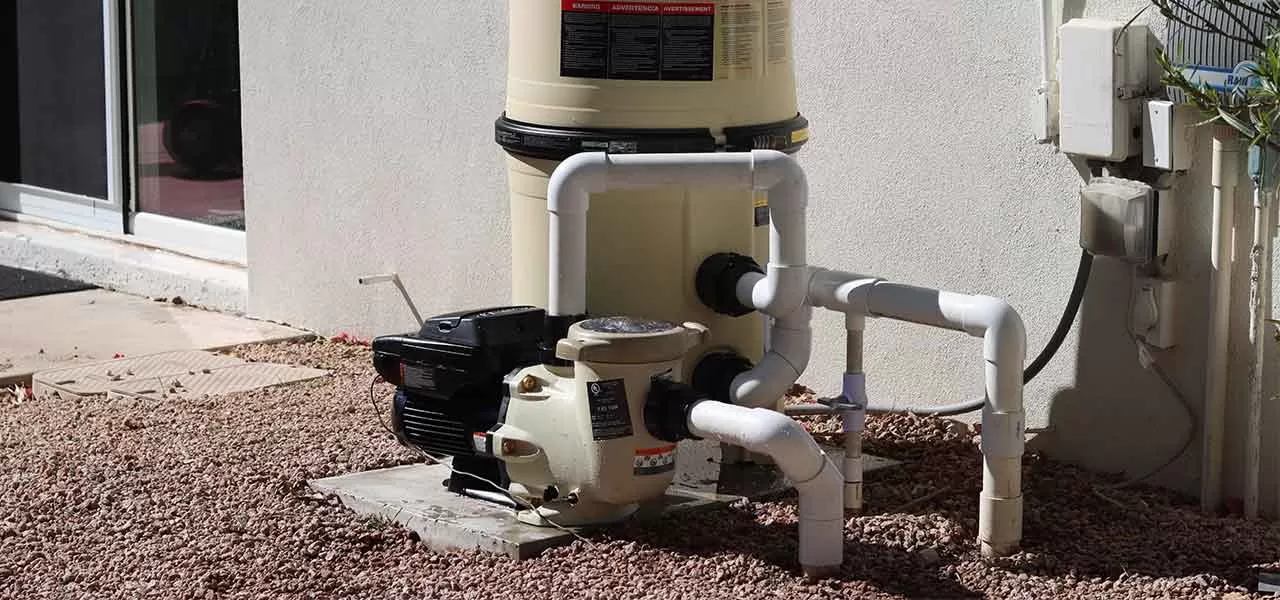

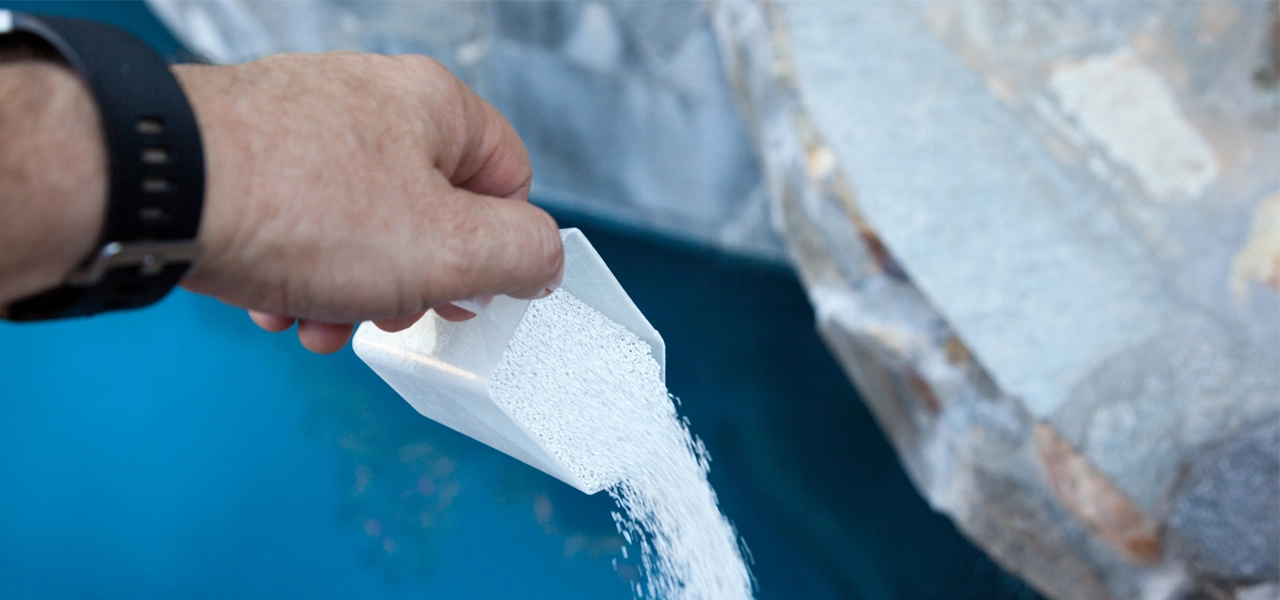
[…] A foot of snow on top of a 24′ round pool weighs over 9000 pounds. Triple that to 3 feet of snow, and weaker pool walls just can’t stand the pressure. Walls may bend or bow at the weakest point, or uprights can buckle. But the biggest worry may not be not wall problems, but pool liner ice damage. […]